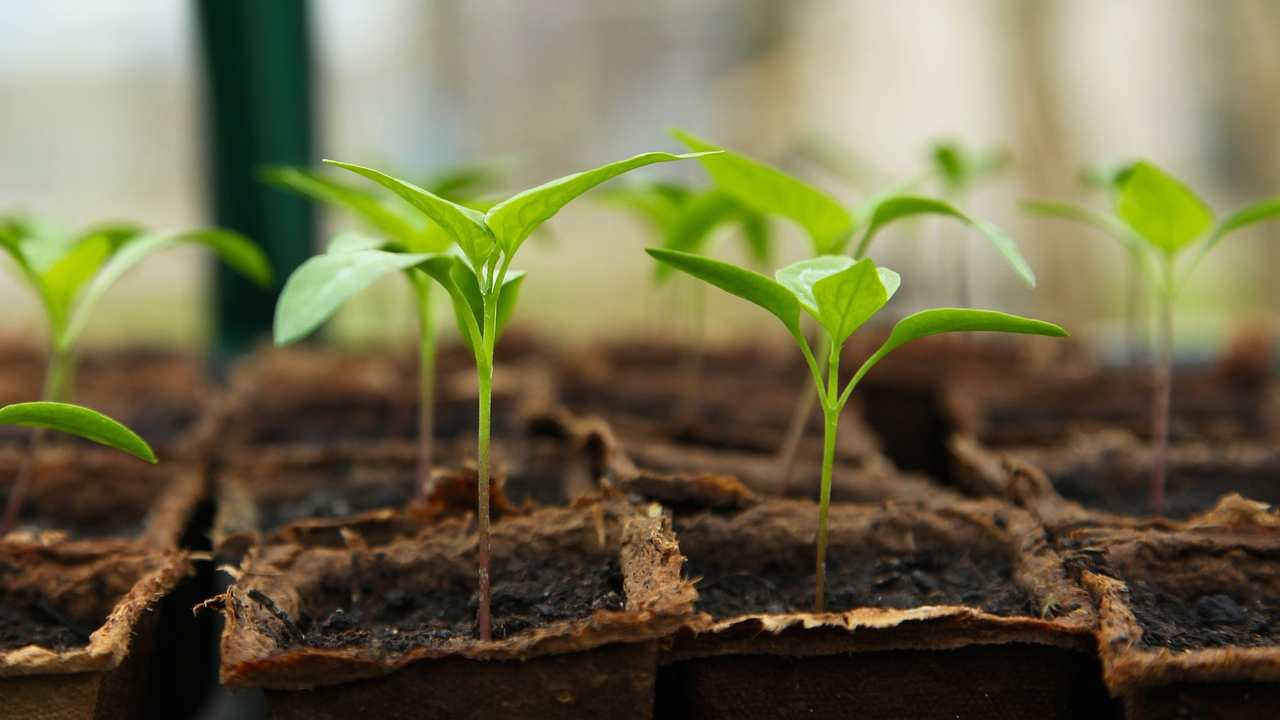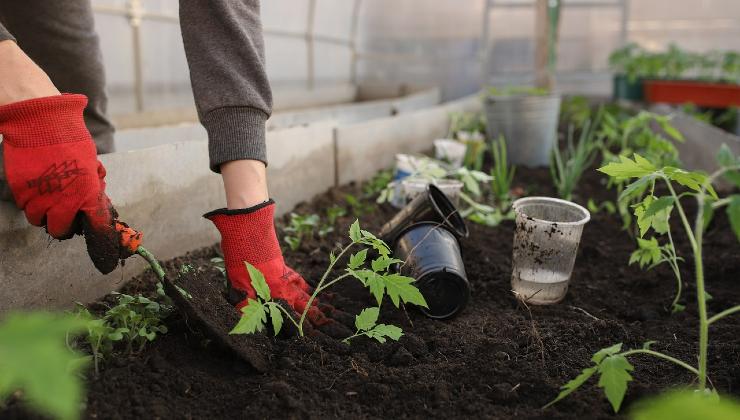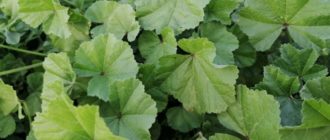The seedbed is an excellent tool for growing plants sheltered from the elements and for promoting faster germination.
Heating the Seedbed: Even if you don’t have a green thumb, the method we’re going to describe for quickly germinating plants in the seedbed will help you.

Seedbed: What Is It Used For? Winter now seems like a distant memory, and in the garden, thoughts turn to summer vegetables. Perhaps during the challenging period, which seemed to last longer this year, you also used a seedbed to grow plants undercover before transplanting them outdoors.
A seedbed is a small, manageable space, especially useful for irrigation in low temperatures. It can be set up on the terrace or in the garden.
However, due to inexperience or incorrect techniques, your seedbed may not have yielded the results you hoped for. In preparation for the next cold season, we will reveal some secrets to effectively and rapidly germinate plants in your seedbed. Keep reading.
How to Rapidly Germinate Plants: To better understand the method of rapid germination of plants in the seedbed, let’s use tomato and pepper seeds as a reference. The first step is to loosen the soil a bit. This prepares what is called a warm bed. Add manure and mulch (such as straw) to protect the soil. Heat will be naturally generated in the soil.

Next, use warm water to increase the soil temperature. The heating process can last up to two months. The layer of straw below and the manure above should be covered with a sprinkle of lime. This step will limit the growth of harmful fungi and regulate the pH level. Lime will release additional heat.
The next element you’ll need is fine sand, which aims to make the substrate more homogeneous and retain moisture. Finally, you’ll need some ordinary soil to level everything. At this stage, you can water generously.
The heating bed can be covered with non-textile and nylon fabric, without direct contact with the ground. You can create a supporting structure with wooden boards. After building the frame, water it and add good-quality soil.

At this point, you can finally sow your tomato and pepper seeds. They can be roughly placed on the ground and covered with the previous soil.
Cultivation: The required temperature for germination is 25 degrees, and it’s crucial to avoid significant temperature changes. For example, peppers will never germinate at temperatures below 14 degrees.





